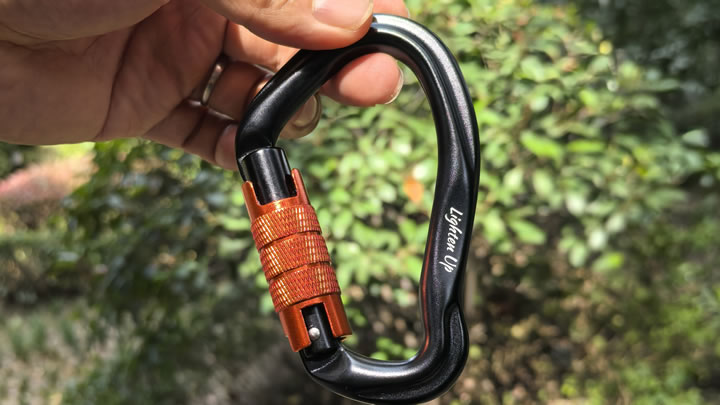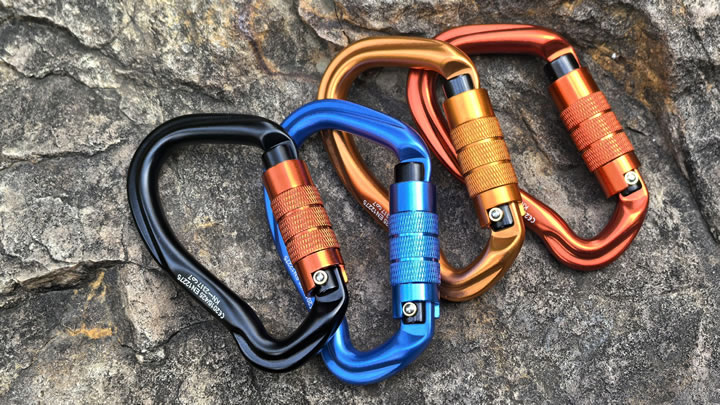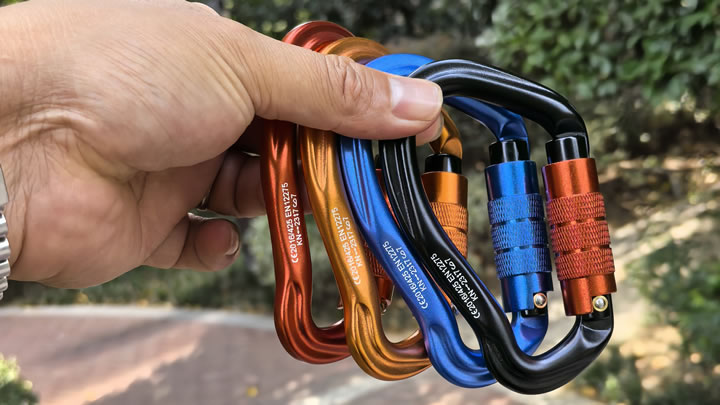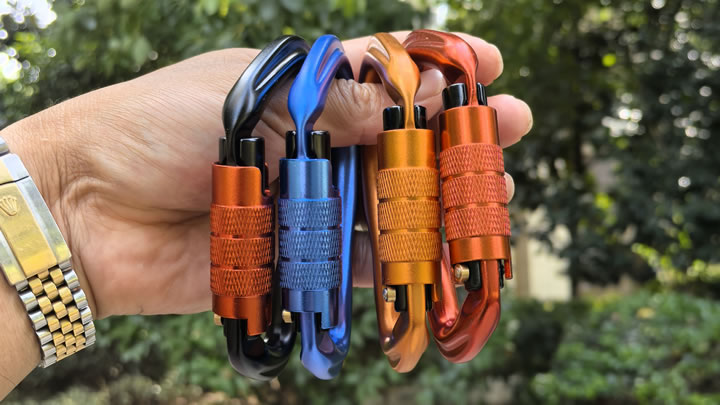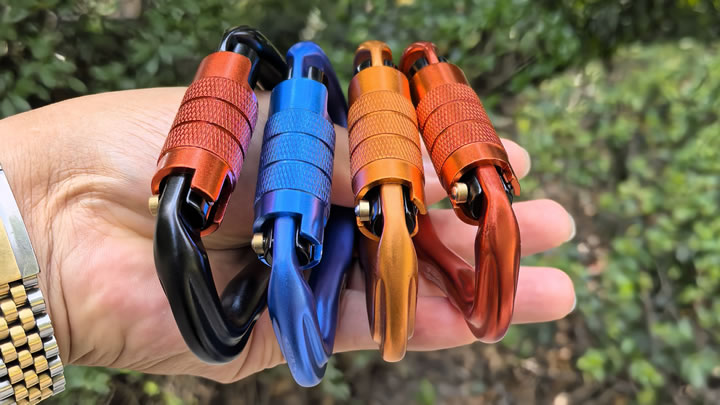Hiking Poles for Trail Running: The Ultimate Guide to Efficiency and Performance
Trail running represents one of the most demanding forms of mountain sports, where every gram matters and efficiency is paramount. While once considered exclusive to long-distance hikers, hiking poles have become essential equipment for trail runners tackling technical terrain and significant elevation gain. Understanding how to select and use poles specifically for running can dramatically improve your performance, reduce fatigue, and enhance safety on challenging courses.
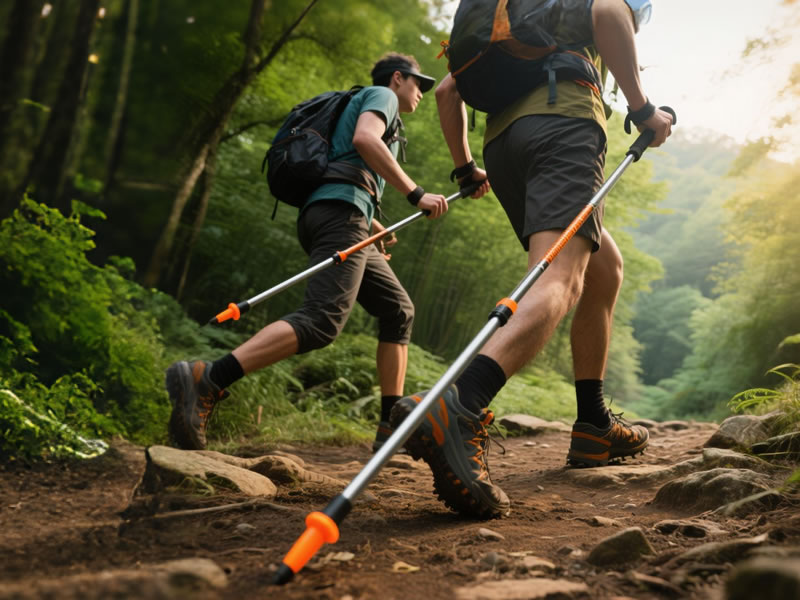
Why Trail Runners Are Embracing Poles
The benefits of poles in trail running extend far beyond simple balance support:
Energy Conservation and Power Transfer
Research indicates that proper pole use can reduce lower body fatigue by up to 25% on steep ascents. By engaging your upper body, poles create a more balanced distribution of workload, allowing you to maintain pace on long climbs when your legs would otherwise fade. This full-body engagement is particularly valuable in ultra-distance events where energy conservation becomes critical.
Technical Descent Control
On treacherous downhill sections, poles provide additional anchor points, allowing for quicker, more controlled descents. They act as stabilizers on loose rock, muddy tracks, and root-covered trails where footing is uncertain. This added security translates to confidence and speed when it matters most.
Rhythm and Cadence Maintenance
The rhythmic planting of poles establishes a metronome-like cadence that helps runners maintain consistency on variable terrain. This pacing tool becomes increasingly valuable during fatigue, when form typically deteriorates.
Key Features of Trail Running-Specific Poles
Not all poles are created equal for running applications. These features distinguish dedicated running poles:
Ultralight Construction
Weight is the primary consideration. Quality running poles typically weigh between 120-180 grams each, with carbon fiber being the preferred material despite its higher cost. The Black Diamond Distance Carbon Z poles, for instance, weigh just 135 grams each while maintaining sufficient durability for trail use.
Rapid Deployment Systems
Trail running poles utilize innovative folding designs, predominantly the "Z-pole" or "breakaway" configuration. These systems connect multiple segments with an internal cord, allowing the poles to be quickly assembled and collapsed without adjustable sections. The Salomon S/Lab Carbon poles feature a revolutionary quick-draw system that enables deployment in seconds while moving.
Compact Packability
When not in use, running poles must store conveniently on your vest or pack. The best designs collapse to 35-40 centimeters, fitting neatly into specialized pockets or attaching securely with magnetic systems like those on the Leki Micro Vario Carbon FX.1 poles.
Ergonomic Running-Specific Grips
Unlike hiking poles, running models feature minimal, low-profile grips designed for momentary contact rather than continuous grip. Many experienced runners prefer using poles without grips altogether, opting instead for integrated hand straps that allow for more natural arm movement.
Mastering Trail Running Pole Technique
The Power Hike Ascend
On steep inclines, plant poles slightly ahead and push down through the straps, not the grips. Coordinate with your natural rhythm: left pole plants as right foot steps forward. Lean slightly into the poles to transfer weight effectively.
The Running Descent
On technical downhills, use poles as tactical anchors, planting briefly to stabilize before lifting and moving to the next position. Avoid planting too far forward, which can disrupt your natural running gait.
Fluid Transition Techniques
The most skilled pole users seamlessly transition between carrying and deploying based on terrain. Practice stowing and deploying while maintaining your running rhythm to avoid losing momentum on changing trail sections.
Choosing the Right Poles for Your Running Style
Consider these factors when selecting running poles:
Your Typical Terrain
- Moderate trails with rolling hills: Lightweight Z-poles for occasional use
- Mountainous technical courses: Durable carbon poles with secure locking mechanisms
- Mixed terrain with runnable sections: Quick-deploy systems for frequent transitions
Distance and Pack Requirements
- Shorter distances: Minimalist poles that store easily
- Ultra-distance events: Comfortable grips and reliable deployment systems
- Self-supported adventures: Adjustable-length poles for varied conditions
Experience Level
- Beginners: Simpler deployment systems with basic functionality
- Advanced users: Technical features like carbon construction and rapid deployment
- Competitive racers: Ultra-light models with race-specific features
Training Integration and Skill Development
Incorporating poles effectively requires practice:
Start Gradually
Begin with shorter training runs on familiar terrain to build coordination and muscle memory. Focus initially on uphill sections where poles provide the most immediate benefit.
Strength Development
Pole use engages underutilized upper body muscles. Incorporate specific strength training for your shoulders, back, and arms to prevent fatigue and injury.
Technical Drills
Practice deployment and stowing during recovery runs. Set up a short practice course with transitions to improve your efficiency.
Race-Day Considerations
Course Regulations
Check race rules regarding pole usage—some events restrict when and where poles can be deployed. Understand any requirements about carrying poles once deployed.
Strategic Deployment
Develop a race plan for pole usage:
- Deploy before major climbs rather than partway up
- Consider weather conditions that might make poles more valuable
- Practice nutrition management while using poles
Equipment Preparation
- Ensure poles are clean and functioning properly
- Apply lubricant to moving parts if recommended by manufacturer
- Familiarize yourself with quick repairs for common issues
Top Trail Running Pole Recommendations
Premium Performance: Black Diamond Distance Carbon Z
- Weight: 135g per pole
- Features: Three-section Z-pole design, carbon construction
- Best for: Competitive runners seeking minimal weight
Technical Innovation: Leki Micro Vario Carbon FX.1
- Weight: 165g per pole
- Features: Magnetic attachment system, adjustable length
- Best for: Runners wanting quick transitions and adjustability
Value Option: Salomon Trail Running Poles
- Weight: 180g per pole
- Features: Affordable carbon construction, reliable deployment
- Best for: Runners new to poles seeking quality at reasonable cost
Common Mistakes and How to Avoid Them
Over-reliance
Poles should assist your running, not replace proper technique. Maintain focus on foot placement and running form, using poles as supplements rather than crutches.
Poor Timing
Coordinate pole plants with natural arm swing. Avoid the common mistake of "double poling" where both poles plant simultaneously, which disrupts running rhythm.
Inefficient Carrying
Practice efficient carrying methods that don't interfere with arm movement or access to nutrition. Poorly secured poles can cause chafing and distraction during races.
Maintenance for Peak Performance
Regular Inspection
Check for wear at connection points and examine internal cords for fraying. Ensure locking mechanisms function smoothly and replace worn components promptly.
Cleaning Protocol
After muddy or dusty runs, clean poles thoroughly with water and mild soap. Pay special attention to moving parts and connection points where debris accumulates.
Storage Considerations
Store poles partially assembled in a cool, dry place. Avoid storing in compressed position for extended periods, which can stress internal components.
The Future of Trail Running Poles
Innovation continues with developments in:
- Lighter materials including advanced carbon composites
- Integrated technology such as built-in cameras or navigation aids
- Adaptive systems that automatically adjust length based on terrain
- Connection systems that seamlessly integrate with hydration vests
Conclusion: Elevating Your Trail Running Experience
Trail running poles represent a significant advancement in mountain running equipment, offering tangible benefits for runners tackling challenging terrain. While requiring an investment in both equipment and skill development, the returns in performance, safety, and endurance make them valuable tools for serious trail runners.
The key to successful pole integration lies in matching equipment to your specific needs, dedicating time to technique development, and understanding when pole use enhances rather than hinders your running experience. With proper implementation, poles can transform your relationship with mountain running, opening new possibilities for distance, speed, and technical capability.
Whether you're an ultra-runner seeking every competitive advantage or a recreational runner looking to expand your mountain access, the strategic use of poles could represent your next breakthrough in trail running performance.

